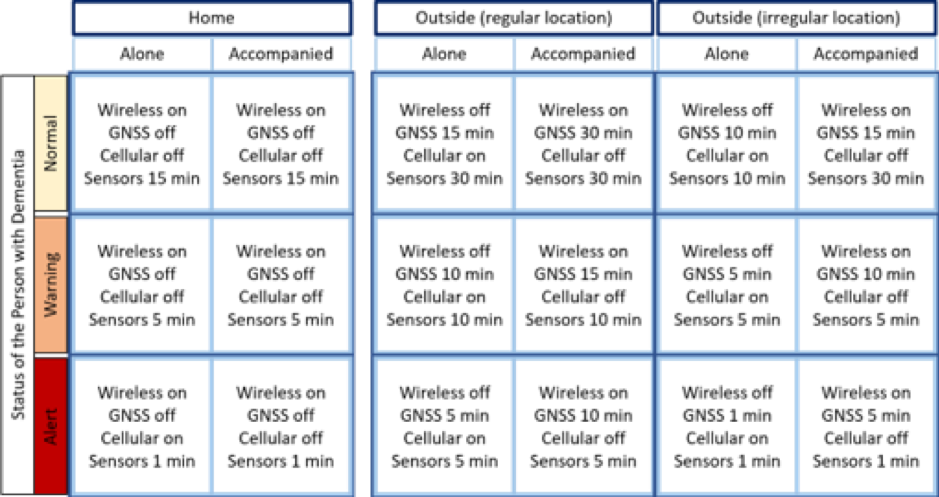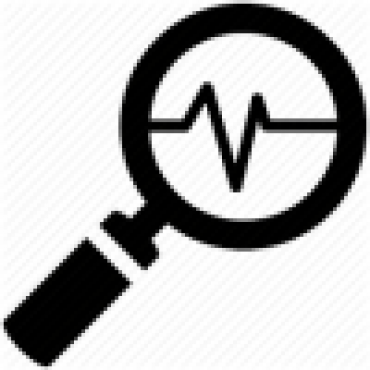The project review in late 2018 was a good opportunity to take stock and assess progress on the team’s work towards achieving its goals. The review was positive and some excellent progress has been made on all fronts, progress which consolidates our belief that Carelink is unique. Some of the most exciting outcomes to date are listed below.
PHILOSOPHICAL APPROACH & VALUE PROPOSITION: As the team listened to feedback from carers, dementia subject experts and people with dementia and over the course of our product road-mapping and value proposition discussions, Carelink has shifted its emphasis away from monitoring and tracking individuals ensuring known location at all times towards a more enabling view with an emphasis on optimising quality of life. Safety is still paramount but Carelink has shifted its communications towards what the solution can facilitate rather than the preventative aspects of the technology. This will help address stigmatisation concerns associated with tracking devices. Through user requirement feedback it became clear that it was important to focus on what people with dementia can do and this is clear in our overview video – ‘I am still me’. The needs and preferences of individuals will vary and must be respected. Our evolved purpose statement and value propositions are;

SOFTWARE: Detail of the technology stack can be found in an earlier blog post [link to http://carelink-aal.org/products/]. In recent months, some strong progress has been made in terms of building intelligence into the Carelink solution. The team has developed an effective pacing algorithm. Pacing is a known indicator of potential imminent wandering and this algorithm will form the basis of deep learning behaviour and route predictions which are unique to Carelink. A key result of this will be the creation of dynamic safe/ unsafe zones Other exciting work is continuing in the area of the use of federated learning, enabling a lightweight AI approach that maximises privacy.
HARDWARE: Initial sensor device prototyping has yielded positive results in terms of size and portability. Next steps include greater miniaturization. Furthermore extensive work is ongoing in terms of developing a robust energy management profile that takes account of different contexts (below).

With less than a year to go, the team is making good progress towards its key goals around location tracking and monitoring, energy efficiency and usability. Moreover we are hopeful that we will deliver a unique solution that goes further to key challenges encountered by people with dementia relating to confidence and the ability to live an active and meaningful life.


